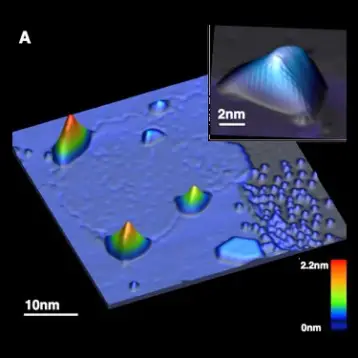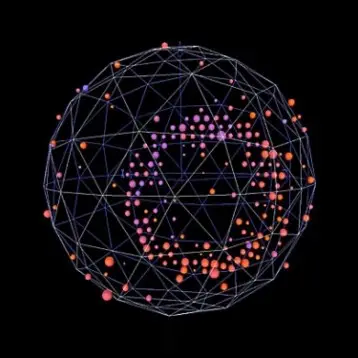As the solar system moves through the galaxy, it interacts gravitationally with dark matter particles. Researchers Xiaoying Xu and Ethan R. Siegel from the Steward Observatory at the University of Arizona developed an analytic method to determine when such an interaction is strong enough to result in a particle’s capture by a planet in the solar system. They were then able to compute the amount of dark matter accumulated in the solar system during its 4.5 billion years due to these interactions, and to compare it to the amount of dark matter present in the solar system as part of the galactic halo.
The findings show that the amount of dark matter captured by a planet in the solar system depends on the mass of the planet and its distance from the sun. The more massive a planet is and the farther it is from the sun, the more matter it will accrete. For example, the dark matter mass captured by Neptune, the third most massive planet and the farthest from the sun, is 300 times greater than galactic halo dark matter mass surrounding the planet.
The results of this research make it evident that the dark matter distribution in the solar system does not conform to the galactic halo distribution. This can lead to a reevaluation of the significance of the dark matter in our solar system and its possible influence on objects and processes within the solar system. The density figures obtained in this research have already ruled out the option of dark matter causing the Pioneer anomaly (sudden changes in the velocities of spacecrafts).
Understanding the properties of dark matter and its behavior is currently one of the most studied problems in contemporary astrophysics. This research is one of the first to consider the dark matter within our solar system. It paves the way for further work, for example the study of back-reaction effects, which can cause captured dark matter particles to be ejected, thus reducing the amount of dark matter in the solar system. In addition, the results obtained in this research can be used to better execute dark matter direct detection searches.
TFOT recently covered the launch of GLAST, a new space observatory NASA hopes will improve our understanding of the Milky Way galaxy, the solar system, dark matter, and other topics. TFOT also covered the construction of a large camera intended to detect dark energy, another mysterious substance estimated to comprise a whopping 75% of the universe.
Further information on the recent research on dark matter in our solar system can be obtained at the arXiv website.











